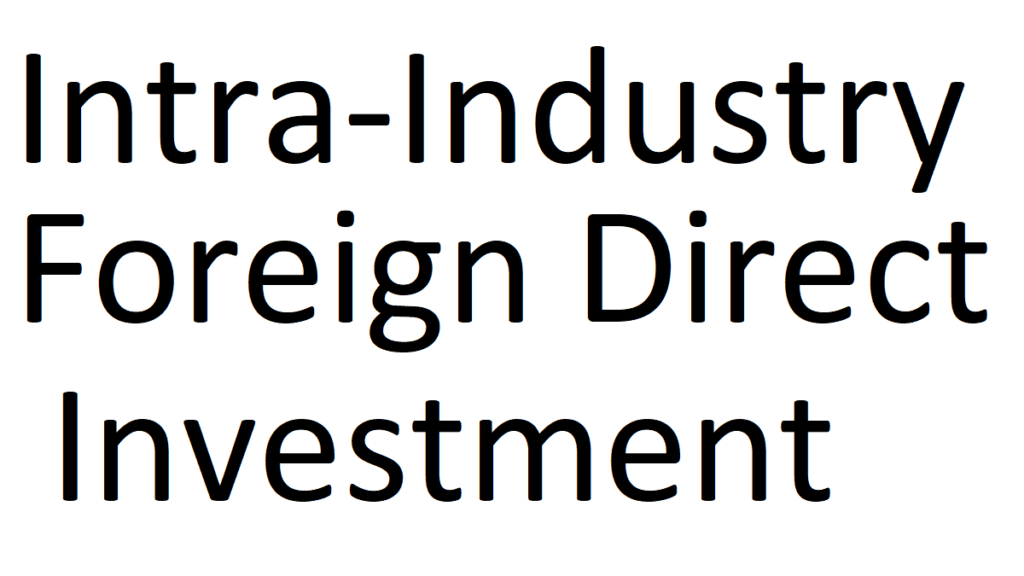Intra Industry Foreign Direct Investment……
Intra-industry trade (IIT) between nations has seen a tremendous growth over the last couple of years. Organizations no longer dismiss IIT as was the case before it actually became popular since the industry is facing a lot of problems arising from the inability to delineate. Ever since its inception, IIT has brought consistency to the predicted patterns of trade which were initially hard to predict. This has been made possible thanks to the different models like H-O-S model which are modified and extended to suite Intra-Industry Direct Foreign Investment among various organizations from different countries all over the world.
Intra-Industry Foreign Direct Investment
The H-O-S Model has proven to be a force to reckon with as it offers explanation on quite a number of aspects concerning international economic involvement that results in Foreign Direct Investment (FDI). In addition to this, it has also led to contractual resource flows such as management contracts and licensing agreements between nations.
However, these explanations do not necessarily give a full insight regarding the international economic environment which is in use by most industrial organizations. Fortunately, organizations are now understanding the importance of intra-industry economic involvement between nations without forgetting Intra-Industry Trade.

Intra-Industry Foreign Direct Investment exists when a country acts as both the source and recipient of FDI in any given industry. With the few data available, it is highly evident that this form of international economic involvement is gaining popularity in terms of importance. Actually, it appears to be following the same path and pattern used by commodity trade. However, for Intra-Industry Foreign Direct Investment to take place, it is necessary that you source FDI from a number of different countries. What this means is that all the ownership advantage of firms in the industry is likely to be focussed on a specific country when sourcing for FDI. Failure to do will result in huge losses which may sometimes prove difficult to handle.
Intra-Industry Foreign Direct investment cannot be complete without mentioning inter-industry vertical FDI as they both work hand in hand. However, when analysing FDI using data taken from industry information in Intra-industry and Inter-industry, you will immediately realise a difference between the two. Firms which make use of inter-industry FDI rely on low-skill input from developing countries in order to get maximum profit. This is quite the opposite in firms using intra-industry FDI.
It is important to note that Intra-industry foreign direct investment as a form of international economic involvement is based on both inter-industry production and intra-industry trade. However, organizations should consider conducting international transactions within hierarchies instead of relying on markets.
Nevertheless, it is to be anticipated that there will be a shift from intra-industry production to intra-industry trade. Intra-industry foreign direct investment will continue undergoing transformation within the coming years. This is mainly because every organization is trying to outdo one another in order to obtain a huge share of the market. This competition has proven beneficial since customers are able to get a good run on their investments.
Leave a Reply